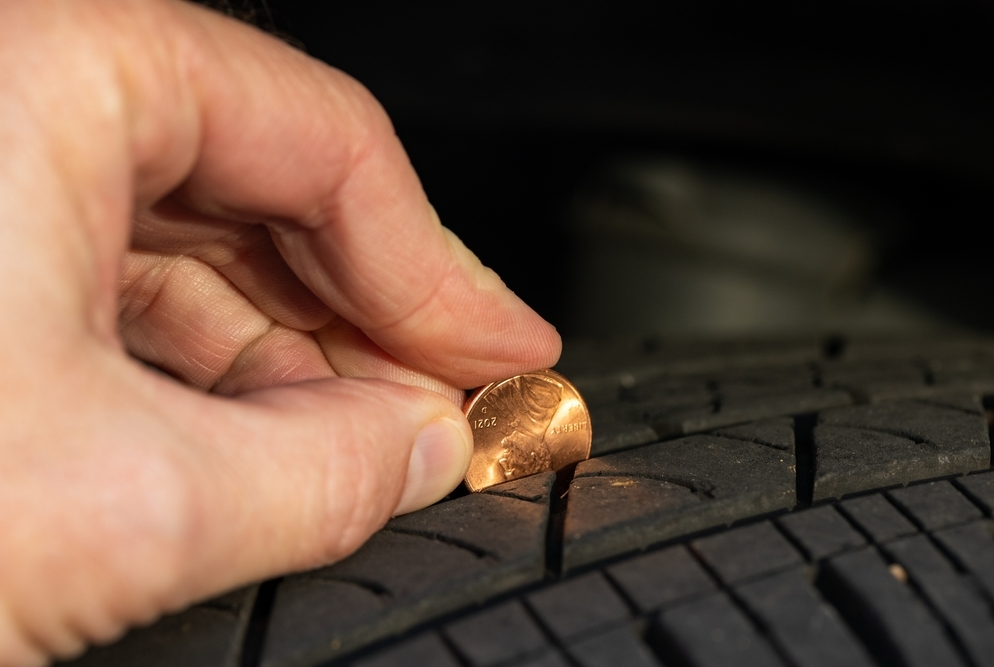Good tires give you a smooth and safe driving experience. In time, unfortunately, even the best tires will become worn or damaged, and it’s time to visit Anderson and Koch Ford Inc for replacements. These are a few signs that you may need new tires very soon.
Sidewall Damage
The sidewall is the part of a tire that’s perpendicular to the ground. Sidewalls are made from softer rubber than the tread and don’t have reinforcement. This allows them more flexibility, but it also means they can be damaged more easily. One of the most common signs of damage is a tire bubble. The bubble appears as a raised bulge that’s filled with air.
A bubble is caused when part of the sidewall is squeezed against a solid object, for example, if you bump the curb. This action forces more air into a small section of the tire. The rubber around the bulge is stretched thinner than the rest of the sidewall. A bubble can easily burst, especially when the air inside it heats up due to friction when you’re driving. We can’t repair a bubble, but we can replace the tire for you.
Low Tread
The tread is the raised section of a tire that’s in contact with the surface. This raised section is interspersed with grooves or channels that push water, mud, and snow behind the tire to prevent these substances from getting between the tire and the road surface. The tread is subject to constant abrasion, and it gradually wears down over time.
The minimum tread depth for a safe tire is 2/32″. You can test this depth using a tire depth gauge, or you can insert a Lincoln penny upside down into the thickest part of the tread. If you only see part of Lincoln’s face, the tread is healthy. If you can see his face below the hairline, your tread is thin. Finally, if you can see the top of his head, your tread is severely worn, and we need to replace the tire ASAP.
Underinflated Tires
Correctly inflated tires have a longer life and are much safer to drive on. Your car manual lists the correct tire pressure for your front and rear tires. If your tires are underinflated, their sidewalls sag slightly and touch the ground. As we saw above, these tire sections aren’t reinforced, which makes them more vulnerable to punctures or blowouts.
Even if the tires don’t blow out or leak, they will sustain unnecessary wear and tear, and this can cause the tire to fail sooner than it should. We can correctly inflate your tires and replace any tires damaged by underinflation.
